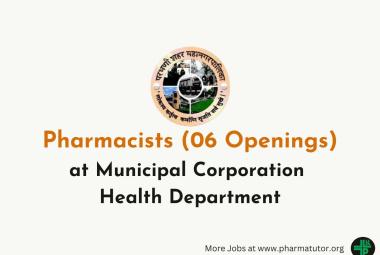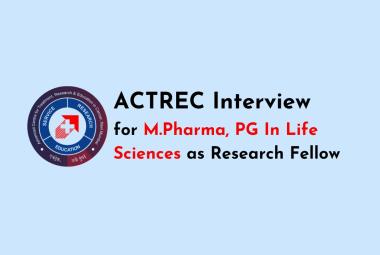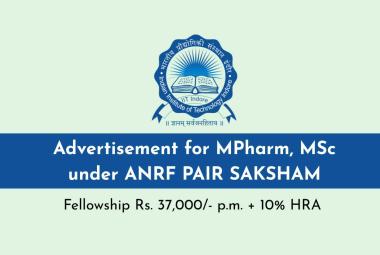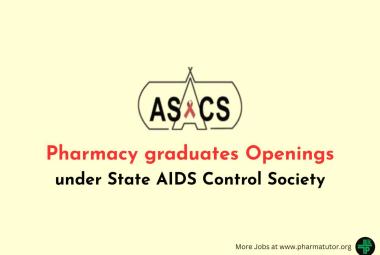UCMC invites for Junior Research Fellow, Project Assistant
Applications are invited on plain paper along with detailed biodata/CV for the following temporary positions under DST project entitled “Chronic Kidney Disease: A study on polymorphism of xenobiotic metabolizing enzyme dealing with persistent organic compounds and development of therapeutic interventions in vitro”.
Subject: Appointment of staff under DST project



 Olefia Biopharma Limited is one of most dynamic organizations, involved in manufacturing pharmaceutical formulations marketing its products in India as well as worldwide. Olefia has been pursuing its primary mission to provide quality healthcare to ailing millions across the globe at an affordable cost. “Where there is will there is way” is the ground principle for us and based on this principle.
Olefia Biopharma Limited is one of most dynamic organizations, involved in manufacturing pharmaceutical formulations marketing its products in India as well as worldwide. Olefia has been pursuing its primary mission to provide quality healthcare to ailing millions across the globe at an affordable cost. “Where there is will there is way” is the ground principle for us and based on this principle.





